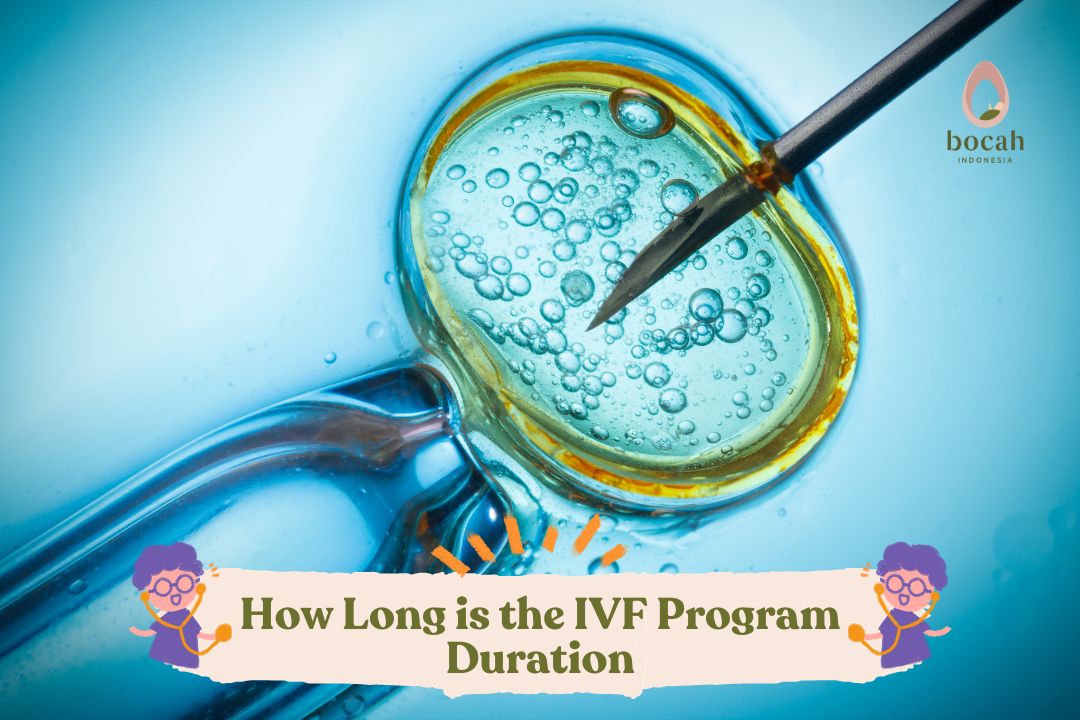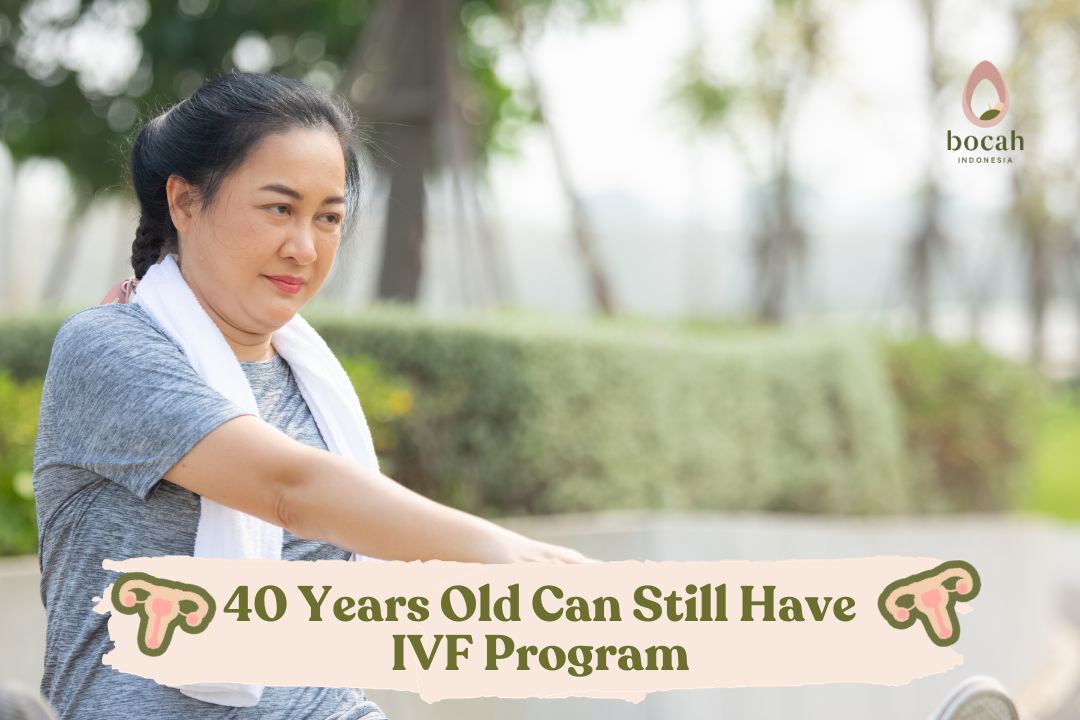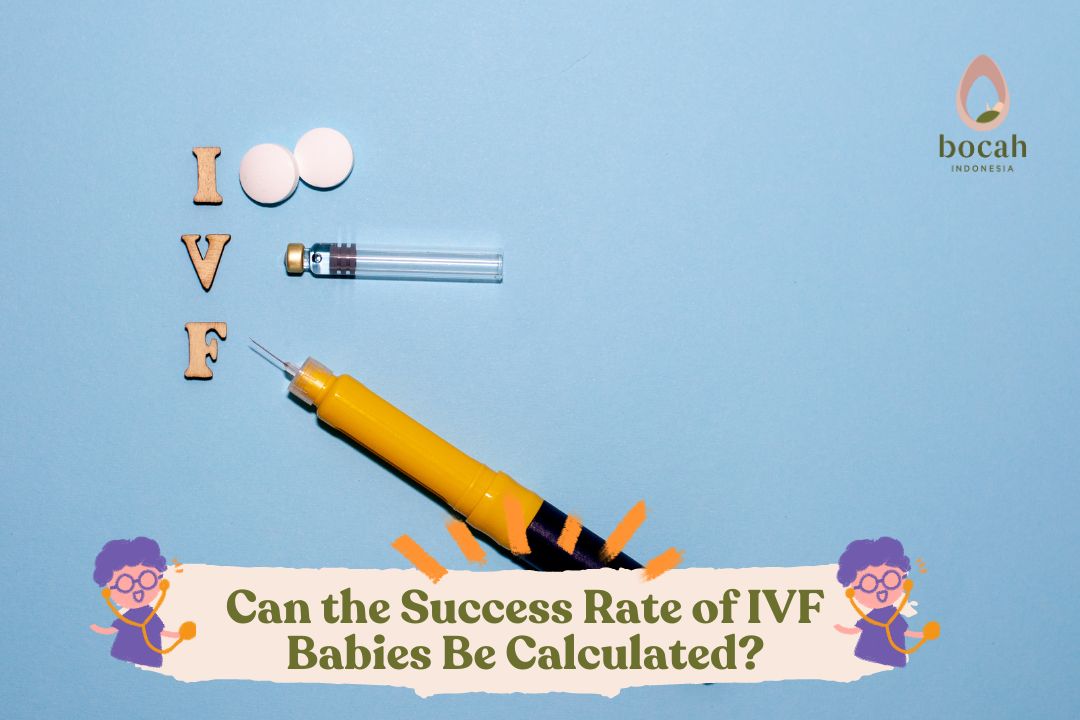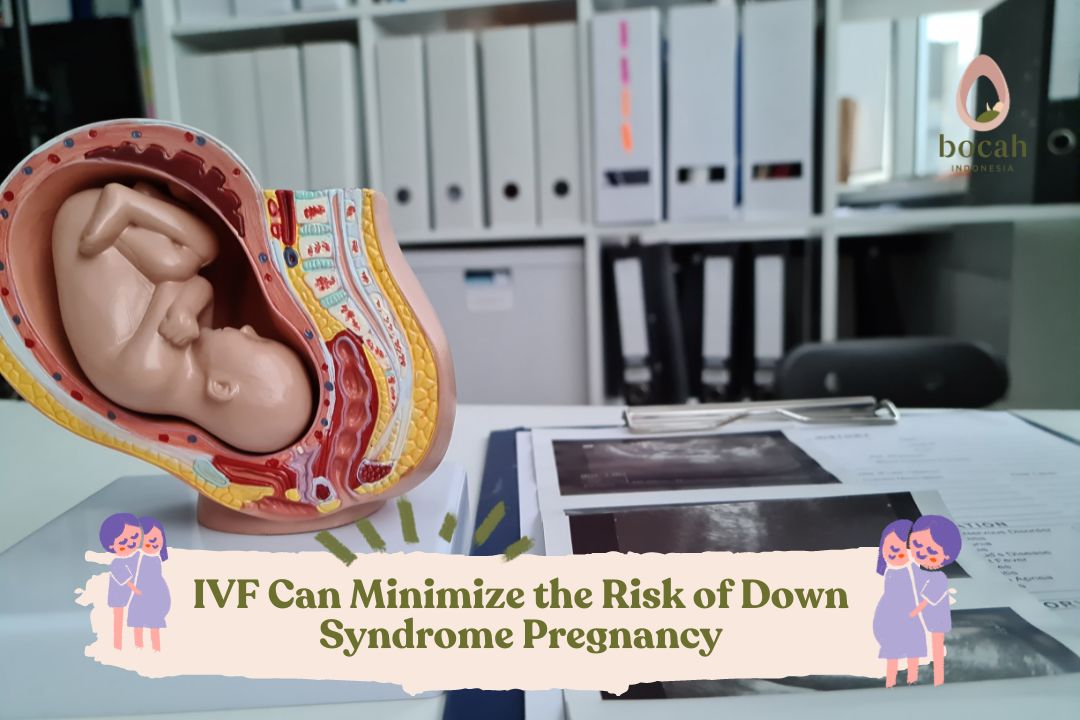How Many Times Can Artificial Insemination (AI) Be Done?
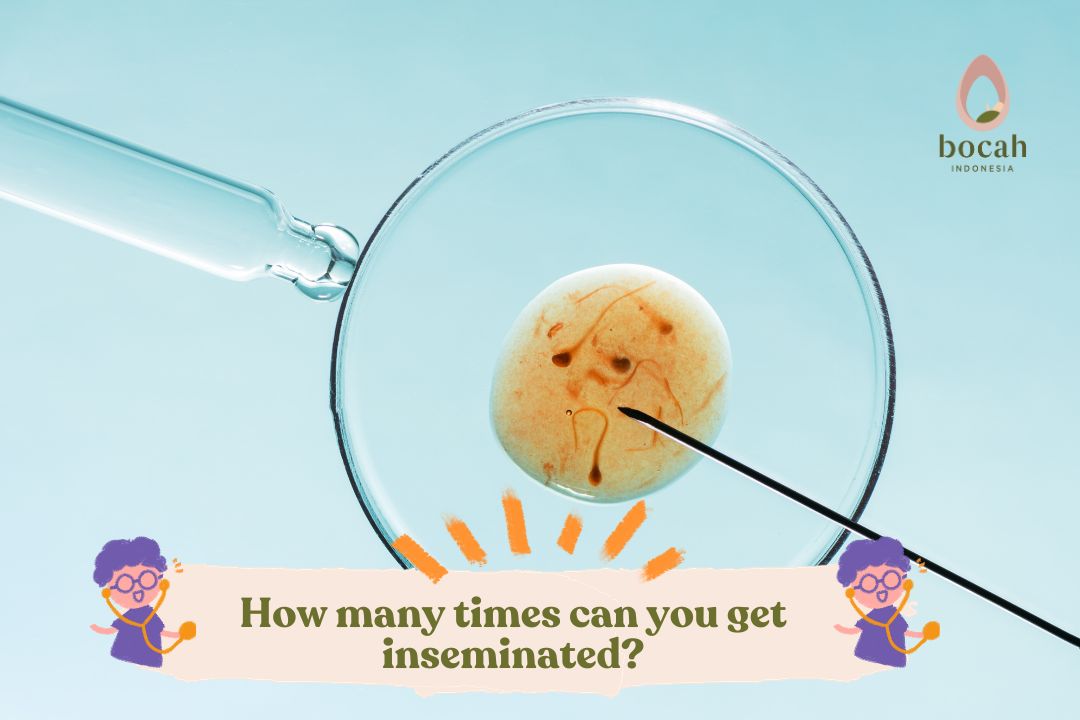
There is no exact rule regarding how many times artificial insemination (AI) for pregnancy can be done. However, there is a maximum limit before it is recommended for couples to consider other fertility treatments..
Intrauterine insemination (IUI), commonly known as artificial insemination, is one of the assisted reproductive technologies where the process involves depositing sperm directly into the uterus to facilitate fertilization with the egg.
According to Dr. William T. Wahono, Sp.OG, a specialized obstetrician and gynecologist from Bocah Indonesia, the philosophy behind insemination is to bring the sperm closer to the egg.
“The philosophy of insemination is to shorten the distance the sperm has to travel to reach the egg. So, we assist the sperm by depositing it into the uterine cavity, called the endometrium, to make the distance shorter and increase the chance of fertilization,” said Dr. William.
Artificial insemination is chosen by couples who plan to have children but face specific fertility indications.
Tanya Mincah tentang Promil?
How Many Times Can Insemination Be Done?
This type of fertility program is chosen by couples for various indications, including:
Couples where the woman has polycystic ovary syndrome (PCOS)
Couples where the woman has mild endometriosis
Couples where the man experiences fertility issues such as abnormal sperm, erectile dysfunction, ejaculation disorders, and others
Problems with sexual relations due to certain conditions
Unexplained infertility
Basically, there is no exact rule regarding the number of times artificial insemination can be performed. However, typically, doctors may recommend couples to undergo artificial insemination a maximum of 4 times before considering other fertility programs, such as in vitro fertilization (IVF).
Insemination Procedure
If you and your partner are planning to undergo artificial insemination (AI), there are several stages involved. Although it is one of the assisted reproductive technologies, the insemination procedure is simpler and less complex compared to other fertility treatments. The steps in the insemination process include:
Egg Stimulation
When you plan to undergo insemination, you will be advised to have an ultrasound examination on the second or third day of your menstrual cycle. This examination is done to assess the thickness of the uterine lining and the number of follicles on both sides of the ovaries. Subsequently, you will receive medication to stimulate egg development.
Egg Monitoring
After egg stimulation, you will have follow-up ultrasounds to monitor the progress of follicle development.
Egg Maturation Trigger
At this stage, if the diameter of your follicles reaches 18-20mm, you will be given medication to mature and trigger the release of the eggs. After waiting for 30-40 hours, you can proceed to the insemination process.
Sperm Collection, Washing, and Insemination
The process of collecting the sperm from the male partner can be done on the same day as the insemination procedure. It’s important to note that both partners should abstain from sexual intercourse for 3-5 days prior to the procedure.
Subsequently, the sperm will be washed in a specialized medium before being introduced into the uterine cavity.
Pregnancy Test Examination
After the insemination procedure, you will be given medication to support the pregnancy for 2-3 weeks. You can also perform a pregnancy test using a test kit.
You and your partner, that’s the explanation regarding the maximum number of times artificial insemination (AI) can be done. If you reach the maximum limit due to certain conditions, you will be advised to consider in vitro fertilization (IVF).
However, before that, both you and your partner should undergo a fertility evaluation at the nearest fertility clinic, such as Bocah Indonesia, to assess your individual fertility conditions. Let’s start the journey with Bocah Indonesia!
This article has been medically reviewed by Dr. Chitra Fatimah.
Source:
- Zarei, A., et al. Effects of piroxicam administration on pregnancy outcome in intrauterine insemination (IUI) cycles: a randomized clinical trial. https://pubmed.ncbi.nlm.nih.gov/27132415/
- Marviel, P., et al. (2010). Predictive factors for pregnancy after intrauterine insemination (IUI): An analysis of 1038 cycles and a review of the literature. Fertility and Sterility, 93(1), 79–88. https://www.fertstert.org/article/S0015-0282(08)04051-X/fulltext
- Cohlen, B., et al. (2018). IUI: review and systematic assessment of the evidence that supports global recommendations. Human Reproduction Update, Volume 24, Issue 3, May-June 2018, Pages 300–319. https://academic.oup.com/humupd/article/24/3/300/4858544
- Panda, B., et al. (2014). Success in Pregnancy Through Intrauterine Insemination at First Cycle in 300 Infertile Couples: An Analysis. The Journal of Obstetrics and Gynecology of India, 64(2), 134–142. https://link.springer.com/article/10.1007/s13224-013-0484-1
- 4 Herbal Medicine to Improve Male Fertility - 01/07/2025
- 7 Signs of PCOS Every Woman Should Know - 30/06/2025
- Ultimate Guide: Boosting Egg Quality for a Healthy Pregnancy Journey - 23/06/2025



